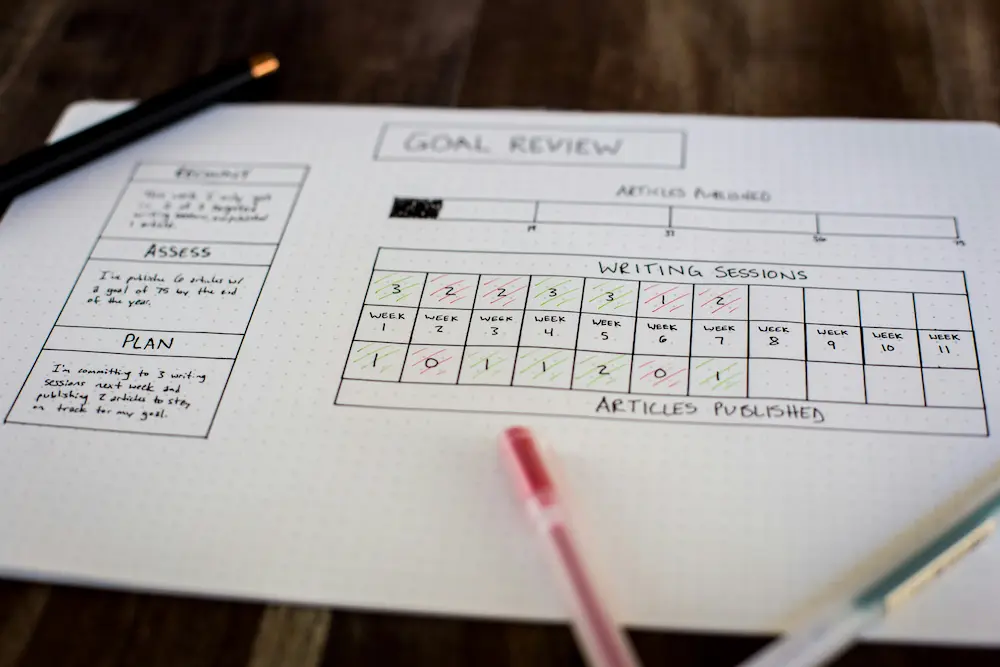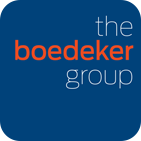
When you’re conducting a research study, there are a few things that must be aligned:
- Your research goals
- Your audience
- The tool you’ll use to gather feedback
It sounds like common sense, but we have found that the more stakeholders (from more departments) that are involved in a study, the harder it is to stay focused on the specific reason for the study.
We’ve seen this time and again.
Let’s use the example of win/loss interviews.
The whole company will be interested in why a customer dropped a product, but what each department wants to hear may vary.
If you’re on the product team, you may be looking for very specific information about how the key features of your product match up with competitors. You may want to hear from people who can speak with specificity about your product vs. the competition.
If you’re in marketing, you may be interested in learning more about how the product was positioned compared to how competitors position theirs.
If you’re in sales, you may want to hear more about the quality (or lack of quality) of the sales experience.
So, a win/loss interview could uncover these topics, but what surfaces in these interviews will be determined by who is invited to participate.
If you’re inviting the buyer, that person may never have reviewed your product in detail. If you’re inviting a teacher or faculty member and want to know if district budget cuts impacted an adoption, they may not be able to speak with specificity to that.
So, at the beginning of a project, it’s important to be crystal clear about what you want to learn, how you’ll use that information, and who is in the best position to give you the types of details that you need.
Rarely can a win/loss interviewee answer everything. Therefore, clarify the expectations from the outset, to ensure your mailing list and script are well-defined, enabling you to get the insights you need.
